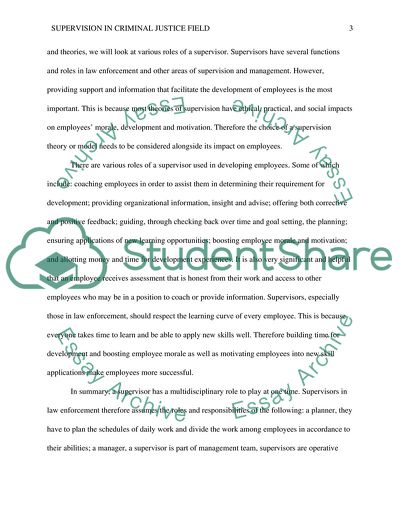Cite this document
(Supervision in the Criminal Justice Field Essay, n.d.)
Supervision in the Criminal Justice Field Essay. Retrieved from https://studentshare.org/law/1794614-supervision-in-the-criminal-justice-field
Supervision in the Criminal Justice Field Essay. Retrieved from https://studentshare.org/law/1794614-supervision-in-the-criminal-justice-field
(Supervision in the Criminal Justice Field Essay)
Supervision in the Criminal Justice Field Essay. https://studentshare.org/law/1794614-supervision-in-the-criminal-justice-field.
Supervision in the Criminal Justice Field Essay. https://studentshare.org/law/1794614-supervision-in-the-criminal-justice-field.
“Supervision in the Criminal Justice Field Essay”, n.d. https://studentshare.org/law/1794614-supervision-in-the-criminal-justice-field.


